How To Leverage AI for Your Small Business Digital Marketing Strategy: The Basics
This blog post focuses on the intersection of AI, content creation, and SEO to help small business owners enhance their digital marketing strategies.
In today's digital age, leveraging Artificial Intelligence (AI) can be a game-changer for small business owners looking to enhance their online presence. One powerful tool in this arsenal is ChatGPT, a language model developed by OpenAI. In this guide, we'll walk you through the steps to effectively use ChatGPT for creating consistent social media and digital marketing content, all while optimizing for SEO.
Step 1: Embrace the Power of ChatGPT
Before diving in, it's important to get acquainted with ChatGPT. Take some time to explore its capabilities and understand how it can assist in content creation for your business. Find a few videos on line that go through the motions of entering prompts and what you can expect to receive from ChatGPT as a response.
Step 2: Define Your Content Strategy
Start by establishing clear content goals, identifying your target audience, and deciding on the platforms you want to focus on. This lays the foundation for a successful digital marketing campaign.
Step 3: Generate Content Ideas
Compile a list of content ideas relevant to your business. This can include topics, promotions, announcements, and more. These ideas will serve as prompts for ChatGPT.
Step 4: Craft Effective Content Prompts
For each content idea, create a simple yet specific prompt for ChatGPT. For example, if you're introducing a new product, your prompt could be: "Write a short description of our new product and highlight its value to customers."
Step 5: Optimize Content for SEO
As ChatGPT generates content, ensure that it is optimized for search engines. Incorporate relevant keywords, meta descriptions, and internal/external links to improve organic search rankings.
Step 6: Review and Refine
The content generated by ChatGPT may require some polishing. Take the text and refine it to align with your brand voice, add specific details, and make any necessary adjustments.
Step 7: Enhance with Visuals
Complement your written content with eye-catching visuals. Use design tools like Canva or Adobe Spark to create graphics that resonate with your audience.
Step 8: Schedule and Publish Strategically
Utilize social media scheduling tools to plan and publish your content at optimal times. This ensures that your posts reach your target audience when they are most active.
Step 9: Engage with Your Audience
Engage with your audience by responding to comments and messages promptly. Building a community around your brand fosters trust and loyalty.
Step 10: Analyze Performance
Leverage social media analytics tools to track the performance of your content. Monitor metrics like engagement rate, click-through rate, and conversions to refine your strategy.
Step 11: Iterate and Improve
Based on performance data, adjust your content strategy. Experiment with different content types, frequencies, and messaging to determine what resonates most with your audience.
Step 12: Stay Informed and Adapt
Stay up-to-date with the latest trends in social media and digital marketing. Adapting to industry changes will keep your content strategy fresh and effective.
By integrating AI tools like ChatGPT into your digital marketing efforts, you can streamline content creation, boost SEO, and ultimately drive more traffic and engagement for your small business. Remember, while AI-generated content is a powerful tool, it should be complemented with your own brand personality and expertise to maintain authenticity.






